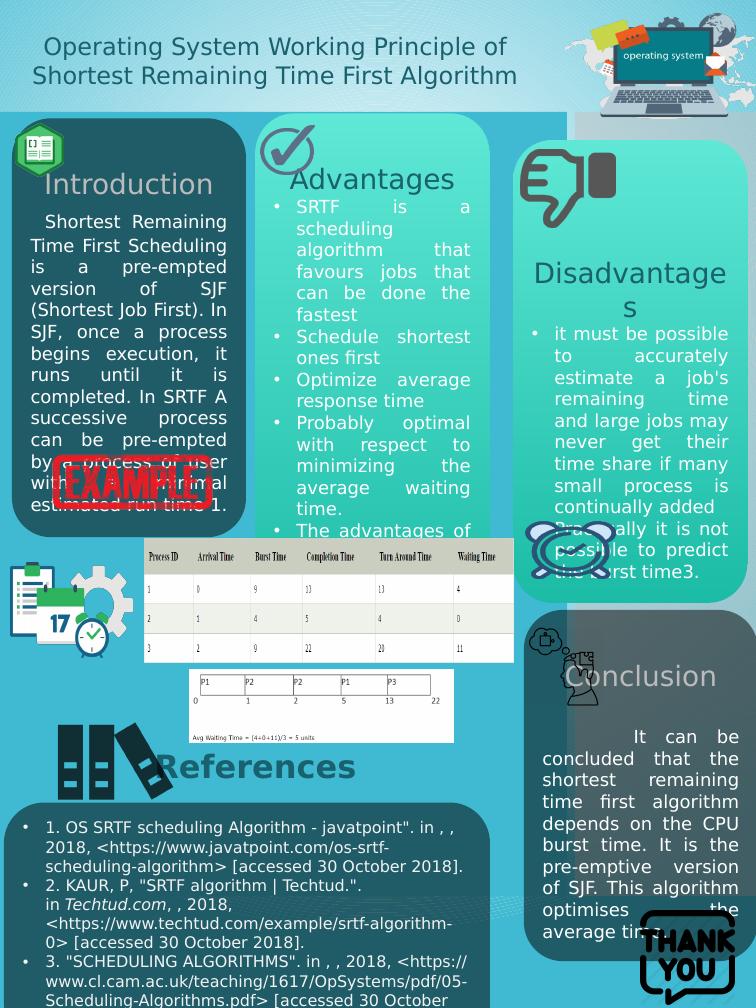Ask a question from expert
Operating System Principle : Assignment
1 Pages272 Words136 Views
MAJAN UNIVERSITY COLLEGE
Added on 2021-09-17
Operating System Principle : Assignment
MAJAN UNIVERSITY COLLEGE
Added on 2021-09-17
BookmarkShareRelated Documents
End of preview
Want to access all the pages? Upload your documents or become a member.
Operations Systems : Assignment
|1
|292
|129
Computer Scheduling and Architecture
|15
|2901
|209
The comparison between FCFS, SJF and PR:.
|4
|440
|406
